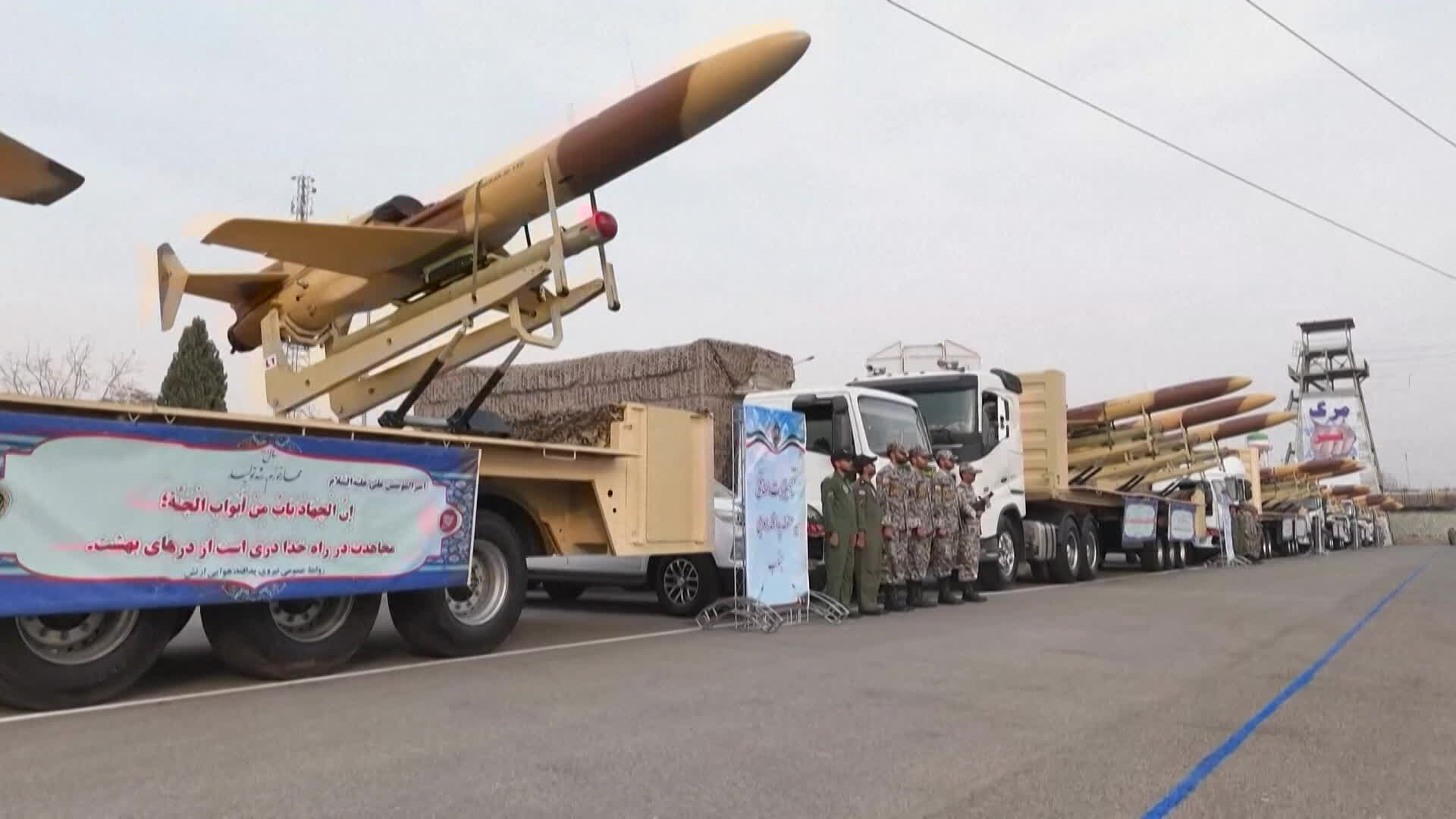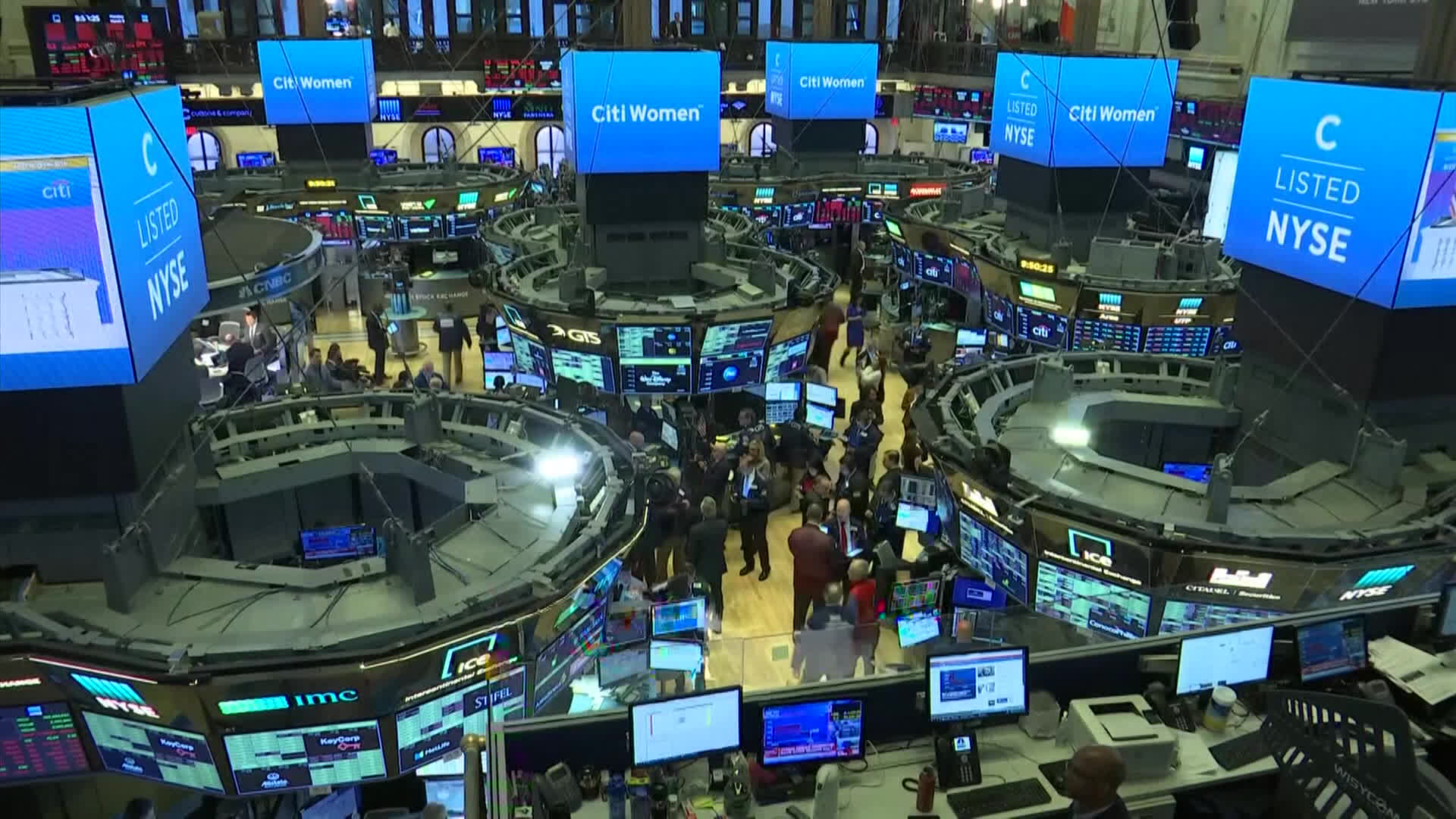[Anchor]
NATO member states have agreed to drastically raise their defense spending target to 5% of their GDP.
It’s effectively a concession to U.S. President Donald Trump’s demands.
Next in line are U.S. allies in Asia, including South Korea.
Reporter Ahn Da-young has the details.
[Report]
NATO member states have agreed to raise their defense spending to 5% of GDP.
Specifically, they plan to allocate 3.5% to direct military expenses like personnel and weapons procurement, and 1.5% to indirect security-related costs such as cybersecurity and civil defense.
Among NATO’s 32 members, only a few—including Poland, which borders Ukraine, and the United States—currently spend more than 3% of GDP on defense.
Most countries spend only 1 to 2%.
The agreement requires all members to increase spending to 5% by 2035.
NATO’s decision follows U.S. President Donald Trump’s demand that Europe take responsibility for its own defense.
[Donald Trump / U.S. President / Mar. 2025: "They can all afford it, but they should be at 5%, not 2%. I'm the one that got them to pay 2%."]
While many NATO members agree that increased defense spending is necessary to counter the Russian threat, the move also reflects pressure from President Trump.
However, Spain—which currently spends only about 1.2% of GDP on defense—was excluded from the agreement.
[Pedro Sánchez / Prime Minister of Spain: "We have decided to allocate 2% of GDP to protect Spain, Europe, and NATO, and to continue investing the rest in social policies."]
The joint statement outlining the agreement is expected to be officially adopted at the NATO summit tomorrow.
With NATO setting the precedent, U.S. allies in Asia—such as South Korea and Japan—are expected to be next.
If South Korea were to raise its defense budget to 5% of GDP like NATO, it would have to spend more than double its current amount—about 130 trillion won annually.
This is Ahn Da-young reporting from Paris for KBS News.
NATO member states have agreed to drastically raise their defense spending target to 5% of their GDP.
It’s effectively a concession to U.S. President Donald Trump’s demands.
Next in line are U.S. allies in Asia, including South Korea.
Reporter Ahn Da-young has the details.
[Report]
NATO member states have agreed to raise their defense spending to 5% of GDP.
Specifically, they plan to allocate 3.5% to direct military expenses like personnel and weapons procurement, and 1.5% to indirect security-related costs such as cybersecurity and civil defense.
Among NATO’s 32 members, only a few—including Poland, which borders Ukraine, and the United States—currently spend more than 3% of GDP on defense.
Most countries spend only 1 to 2%.
The agreement requires all members to increase spending to 5% by 2035.
NATO’s decision follows U.S. President Donald Trump’s demand that Europe take responsibility for its own defense.
[Donald Trump / U.S. President / Mar. 2025: "They can all afford it, but they should be at 5%, not 2%. I'm the one that got them to pay 2%."]
While many NATO members agree that increased defense spending is necessary to counter the Russian threat, the move also reflects pressure from President Trump.
However, Spain—which currently spends only about 1.2% of GDP on defense—was excluded from the agreement.
[Pedro Sánchez / Prime Minister of Spain: "We have decided to allocate 2% of GDP to protect Spain, Europe, and NATO, and to continue investing the rest in social policies."]
The joint statement outlining the agreement is expected to be officially adopted at the NATO summit tomorrow.
With NATO setting the precedent, U.S. allies in Asia—such as South Korea and Japan—are expected to be next.
If South Korea were to raise its defense budget to 5% of GDP like NATO, it would have to spend more than double its current amount—about 130 trillion won annually.
This is Ahn Da-young reporting from Paris for KBS News.
■ 제보하기
▷ 카카오톡 : 'KBS제보' 검색, 채널 추가
▷ 전화 : 02-781-1234, 4444
▷ 이메일 : kbs1234@kbs.co.kr
▷ 유튜브, 네이버, 카카오에서도 KBS뉴스를 구독해주세요!
- NATO agrees to 5% defense spending
-
- 입력 2025-06-23 23:48:47

[Anchor]
NATO member states have agreed to drastically raise their defense spending target to 5% of their GDP.
It’s effectively a concession to U.S. President Donald Trump’s demands.
Next in line are U.S. allies in Asia, including South Korea.
Reporter Ahn Da-young has the details.
[Report]
NATO member states have agreed to raise their defense spending to 5% of GDP.
Specifically, they plan to allocate 3.5% to direct military expenses like personnel and weapons procurement, and 1.5% to indirect security-related costs such as cybersecurity and civil defense.
Among NATO’s 32 members, only a few—including Poland, which borders Ukraine, and the United States—currently spend more than 3% of GDP on defense.
Most countries spend only 1 to 2%.
The agreement requires all members to increase spending to 5% by 2035.
NATO’s decision follows U.S. President Donald Trump’s demand that Europe take responsibility for its own defense.
[Donald Trump / U.S. President / Mar. 2025: "They can all afford it, but they should be at 5%, not 2%. I'm the one that got them to pay 2%."]
While many NATO members agree that increased defense spending is necessary to counter the Russian threat, the move also reflects pressure from President Trump.
However, Spain—which currently spends only about 1.2% of GDP on defense—was excluded from the agreement.
[Pedro Sánchez / Prime Minister of Spain: "We have decided to allocate 2% of GDP to protect Spain, Europe, and NATO, and to continue investing the rest in social policies."]
The joint statement outlining the agreement is expected to be officially adopted at the NATO summit tomorrow.
With NATO setting the precedent, U.S. allies in Asia—such as South Korea and Japan—are expected to be next.
If South Korea were to raise its defense budget to 5% of GDP like NATO, it would have to spend more than double its current amount—about 130 trillion won annually.
This is Ahn Da-young reporting from Paris for KBS News.
NATO member states have agreed to drastically raise their defense spending target to 5% of their GDP.
It’s effectively a concession to U.S. President Donald Trump’s demands.
Next in line are U.S. allies in Asia, including South Korea.
Reporter Ahn Da-young has the details.
[Report]
NATO member states have agreed to raise their defense spending to 5% of GDP.
Specifically, they plan to allocate 3.5% to direct military expenses like personnel and weapons procurement, and 1.5% to indirect security-related costs such as cybersecurity and civil defense.
Among NATO’s 32 members, only a few—including Poland, which borders Ukraine, and the United States—currently spend more than 3% of GDP on defense.
Most countries spend only 1 to 2%.
The agreement requires all members to increase spending to 5% by 2035.
NATO’s decision follows U.S. President Donald Trump’s demand that Europe take responsibility for its own defense.
[Donald Trump / U.S. President / Mar. 2025: "They can all afford it, but they should be at 5%, not 2%. I'm the one that got them to pay 2%."]
While many NATO members agree that increased defense spending is necessary to counter the Russian threat, the move also reflects pressure from President Trump.
However, Spain—which currently spends only about 1.2% of GDP on defense—was excluded from the agreement.
[Pedro Sánchez / Prime Minister of Spain: "We have decided to allocate 2% of GDP to protect Spain, Europe, and NATO, and to continue investing the rest in social policies."]
The joint statement outlining the agreement is expected to be officially adopted at the NATO summit tomorrow.
With NATO setting the precedent, U.S. allies in Asia—such as South Korea and Japan—are expected to be next.
If South Korea were to raise its defense budget to 5% of GDP like NATO, it would have to spend more than double its current amount—about 130 trillion won annually.
This is Ahn Da-young reporting from Paris for KBS News.
-
-

안다영 기자 browneyes@kbs.co.kr
안다영 기자의 기사 모음
-
이 기사가 좋으셨다면
-
좋아요
0
-
응원해요
0
-
후속 원해요
0















이 기사에 대한 의견을 남겨주세요.